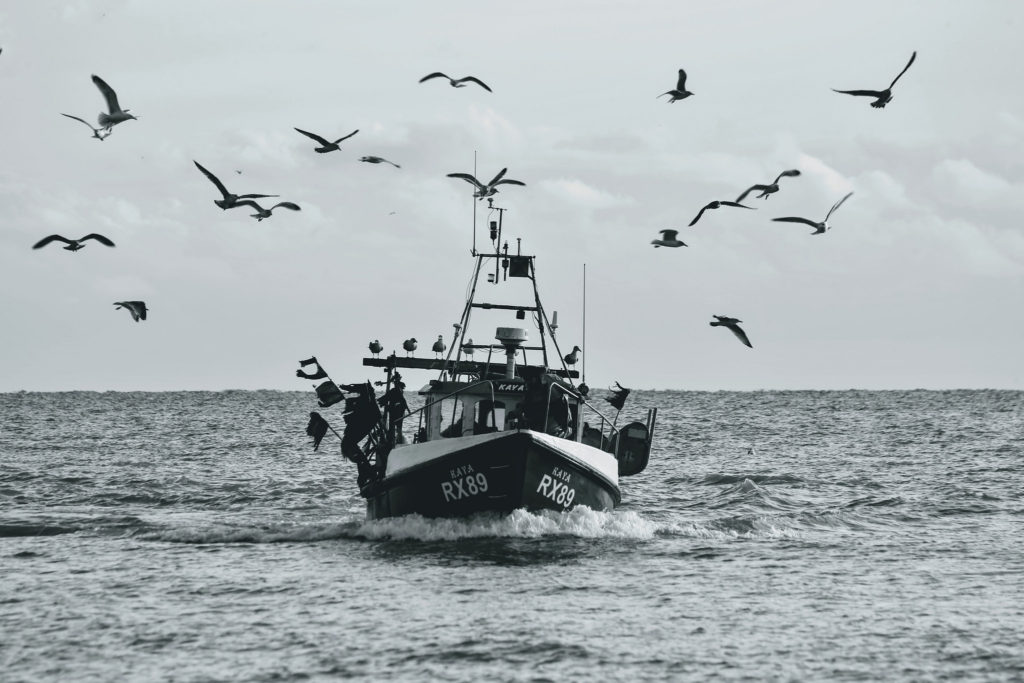
A recent study published in Fisheries Research looked at the effectiveness and level of waste for various categories of fishing gear used in the global fishing industry.
They found that two types of fishing gear – bottom trawling and purse seining – account for 53% of all catches. Furthermore, bottom trawling alone dominated discarded catch.
About 28% of all fish is caught by industrial bottom trawling, which is the most wasteful practice, accounting for nearly 60% of all the fish dumped back into the ocean. Much of the discarded fish is perfectly good for human consumption but is simply considered to not be valuable enough to keep. Worse yet, bottom trawlers are very expensive to operate and often receive government subsidies. If they would actually land the catch that is discarded, they could make billions of dollars more and cut down substantially on waste.
In contrast, small-scale fisheries are responsible for only 23% of the global catch but that catch is worth significantly more because they use small gillnets, traps, lines, hand tools, and similar tools to catch the fish they want. The impact of purse seine fishing fluctuates over time, mostly due to the variability of the species they seek.
As in many segments of our food chain, small-scale, artisanal providers are often the best all-around approach in terms of the quality of the product, the environmental impact, and sustainability. So just as it makes good sense to support local farmers for produce and meats, it makes good sense to support small-scale fisheries who get the most value out of their catch and avoid much of the needless waste common to many large-scale bottom trawling operations.
**********
Web Links
Reconstructing global marine fishing gear use: Catches and landed values by gear type and sector
Photo, posted December 9, 2017, courtesy of Henry Hemming via Flickr.
‘Better Ways to Fish’ from Earth Wise is a production of WAMC Northeast Public Radio.
Leave a Reply